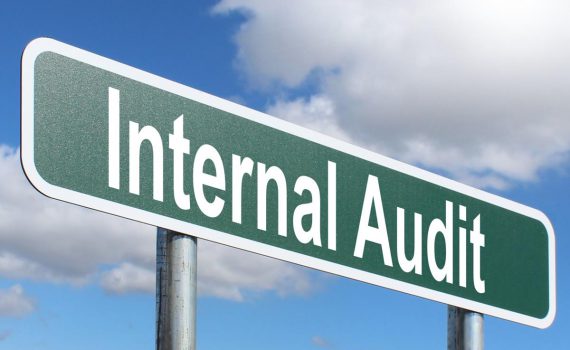How to isolate a device using Defender
let's say that you've come across a situation, and you want to remove a device from the network - remotely, while you investigate. Interestingly this device, need not be enrolled in Defender for Business. It can an unmanaged device to











